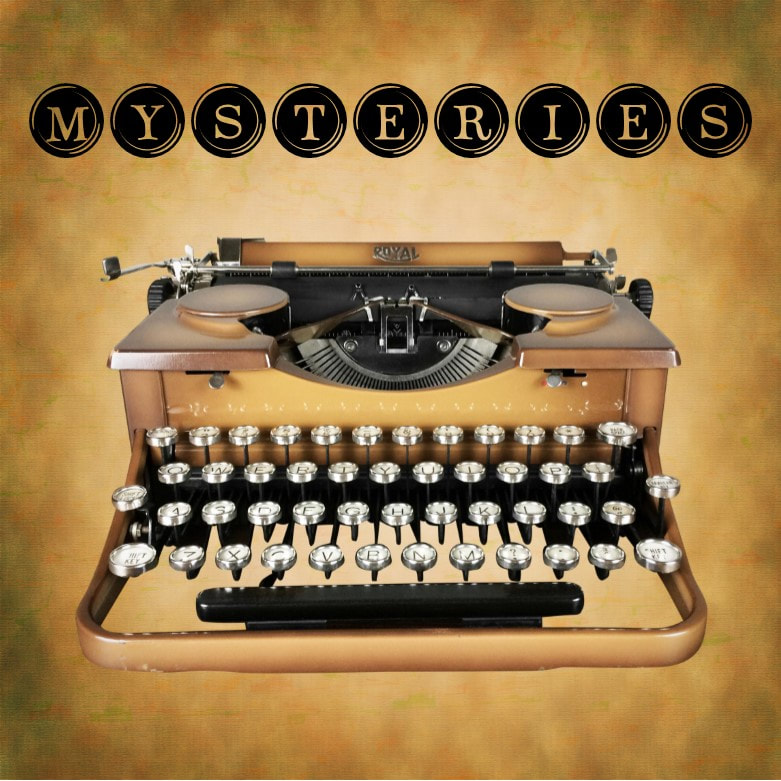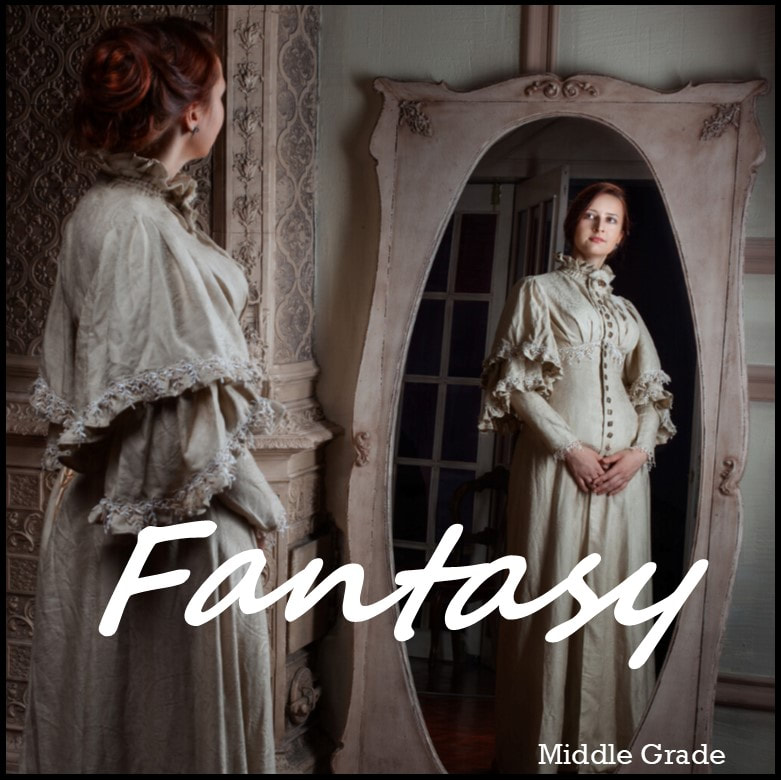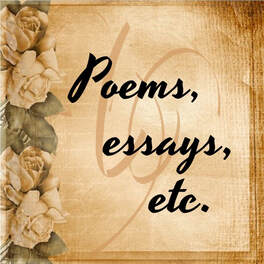
If you look for a list of the types of genre fiction, you probably won’t see Women’s Fiction listed. Why is that? I mean, Amazon recognizes the genre. One of my books, When the Walls Come Tumbling Down, is listed under Women’s Fiction.
Women are a huge segment of the fiction-buying audience, accounting for 80% of the market. However, men are the leaders in reading nonfiction. So, it shouldn’t be a surprise that there are a lot of novels out there authors expect to appeal to women.
Do Romance Fiction and Chick Lit’ Fall Under the Umbrella of Women’s Fiction?
As you know romance novels are a huge industry by themselves. These books are centered around a love relationship. Falling in love is the main theme of romance novels. Of course, with the advent of indie publishing, there are many books listed by authors in romance fiction that stray a bit from falling in love as the central theme. You can’t blame authors for trying to capitalize on the size of that genre’s audience.
Romance fiction has existed for many centuries. Over that time, the expectations of a romance novel have transformed to coincide with social mores. 1972 ushered in the “bodice ripper” novel The Flame and the Flower by Kathleen Woodiwiss, showing provocative images of a man and woman on the cover. Later, even Harlequin began to compete in the romance market with covers showing a man and woman in illicit embraces despite its earlier mandate to refuse any book that would “bring a blush to the cheek.”
Chick Lit’ is usually characterized by the main characters being in their twenties or thirties. It stretches its subject matter to include not just modern romantic relationships, but also female relationships. Many revolve around relationships in the workplace as well, including the difficulties of being a woman in the workplace. Commonly, they are lighthearted and humorous stories.
The popularity of Chick Lit’ began in the mid-1990s with Bridget Jones Diary, Diary of a Shopaholic, and Sex and the City. Earlier, in 1992, Carolyn See identified Waiting to Exhale as heralding a new unidentified genre that dealt with “women, triumph, revenge, comradeship.” Some see this as pointing to the later genre identified as Chick Lit’.
Where Does This Leave the Genre Called Women’s Fiction?
Women’s Fiction typically explores broader themes than romance fiction and tends to be more serious than Chick Lit’. These stories usually deal with challenging life struggles. My novel I mentioned earlier, When the Walls Come Tumbling Down, deals with a woman who has been a spousal caregiver for years and when her husband passes, she is forced to meet life on different terms. However, it is not sad. It is a cathartic journey which tosses her in the middle of a murder mystery.
Women’s fiction tends to focus less on “happy ever after” and more on the struggle to reach for a life-affirming path.
Bottom line: Don’t be afraid to explore the Women’s Fiction section of your favorite bookstore – online or brick-and-mortar. You may discover the very thing to put new meaning in your own struggles and motivate you – not to mention the pure enjoyment of reading the stories, of course!
Be sure to subscribe to the Sweet & Sassy blog, so you never miss out on any of our posts!
Women are a huge segment of the fiction-buying audience, accounting for 80% of the market. However, men are the leaders in reading nonfiction. So, it shouldn’t be a surprise that there are a lot of novels out there authors expect to appeal to women.
Do Romance Fiction and Chick Lit’ Fall Under the Umbrella of Women’s Fiction?
As you know romance novels are a huge industry by themselves. These books are centered around a love relationship. Falling in love is the main theme of romance novels. Of course, with the advent of indie publishing, there are many books listed by authors in romance fiction that stray a bit from falling in love as the central theme. You can’t blame authors for trying to capitalize on the size of that genre’s audience.
Romance fiction has existed for many centuries. Over that time, the expectations of a romance novel have transformed to coincide with social mores. 1972 ushered in the “bodice ripper” novel The Flame and the Flower by Kathleen Woodiwiss, showing provocative images of a man and woman on the cover. Later, even Harlequin began to compete in the romance market with covers showing a man and woman in illicit embraces despite its earlier mandate to refuse any book that would “bring a blush to the cheek.”
Chick Lit’ is usually characterized by the main characters being in their twenties or thirties. It stretches its subject matter to include not just modern romantic relationships, but also female relationships. Many revolve around relationships in the workplace as well, including the difficulties of being a woman in the workplace. Commonly, they are lighthearted and humorous stories.
The popularity of Chick Lit’ began in the mid-1990s with Bridget Jones Diary, Diary of a Shopaholic, and Sex and the City. Earlier, in 1992, Carolyn See identified Waiting to Exhale as heralding a new unidentified genre that dealt with “women, triumph, revenge, comradeship.” Some see this as pointing to the later genre identified as Chick Lit’.
Where Does This Leave the Genre Called Women’s Fiction?
Women’s Fiction typically explores broader themes than romance fiction and tends to be more serious than Chick Lit’. These stories usually deal with challenging life struggles. My novel I mentioned earlier, When the Walls Come Tumbling Down, deals with a woman who has been a spousal caregiver for years and when her husband passes, she is forced to meet life on different terms. However, it is not sad. It is a cathartic journey which tosses her in the middle of a murder mystery.
Women’s fiction tends to focus less on “happy ever after” and more on the struggle to reach for a life-affirming path.
Bottom line: Don’t be afraid to explore the Women’s Fiction section of your favorite bookstore – online or brick-and-mortar. You may discover the very thing to put new meaning in your own struggles and motivate you – not to mention the pure enjoyment of reading the stories, of course!
Be sure to subscribe to the Sweet & Sassy blog, so you never miss out on any of our posts!









 RSS Feed
RSS Feed